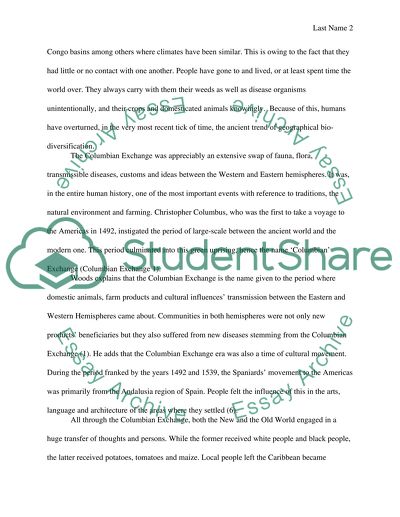Cite this document
(Pangaea Assignment Example | Topics and Well Written Essays - 1750 words, n.d.)
Pangaea Assignment Example | Topics and Well Written Essays - 1750 words. https://studentshare.org/history/1572621-columbian-exchange
Pangaea Assignment Example | Topics and Well Written Essays - 1750 words. https://studentshare.org/history/1572621-columbian-exchange
(Pangaea Assignment Example | Topics and Well Written Essays - 1750 Words)
Pangaea Assignment Example | Topics and Well Written Essays - 1750 Words. https://studentshare.org/history/1572621-columbian-exchange.
Pangaea Assignment Example | Topics and Well Written Essays - 1750 Words. https://studentshare.org/history/1572621-columbian-exchange.
“Pangaea Assignment Example | Topics and Well Written Essays - 1750 Words”. https://studentshare.org/history/1572621-columbian-exchange.


